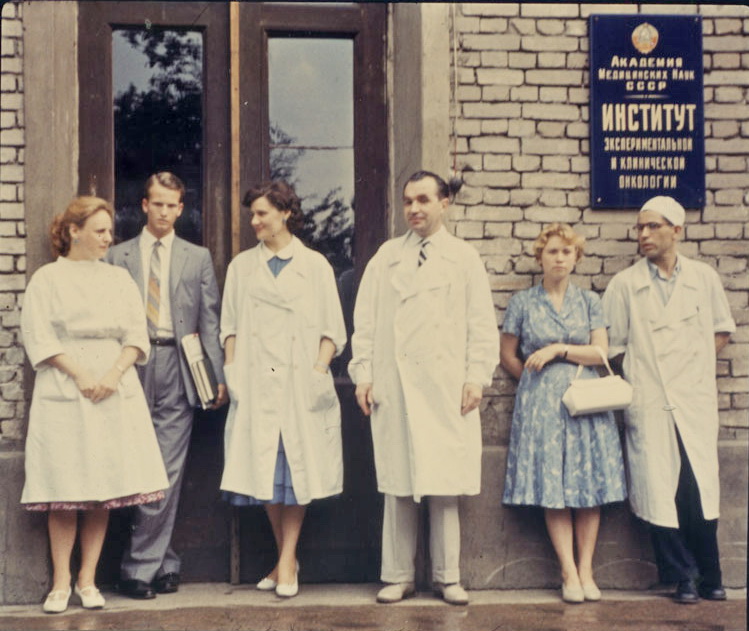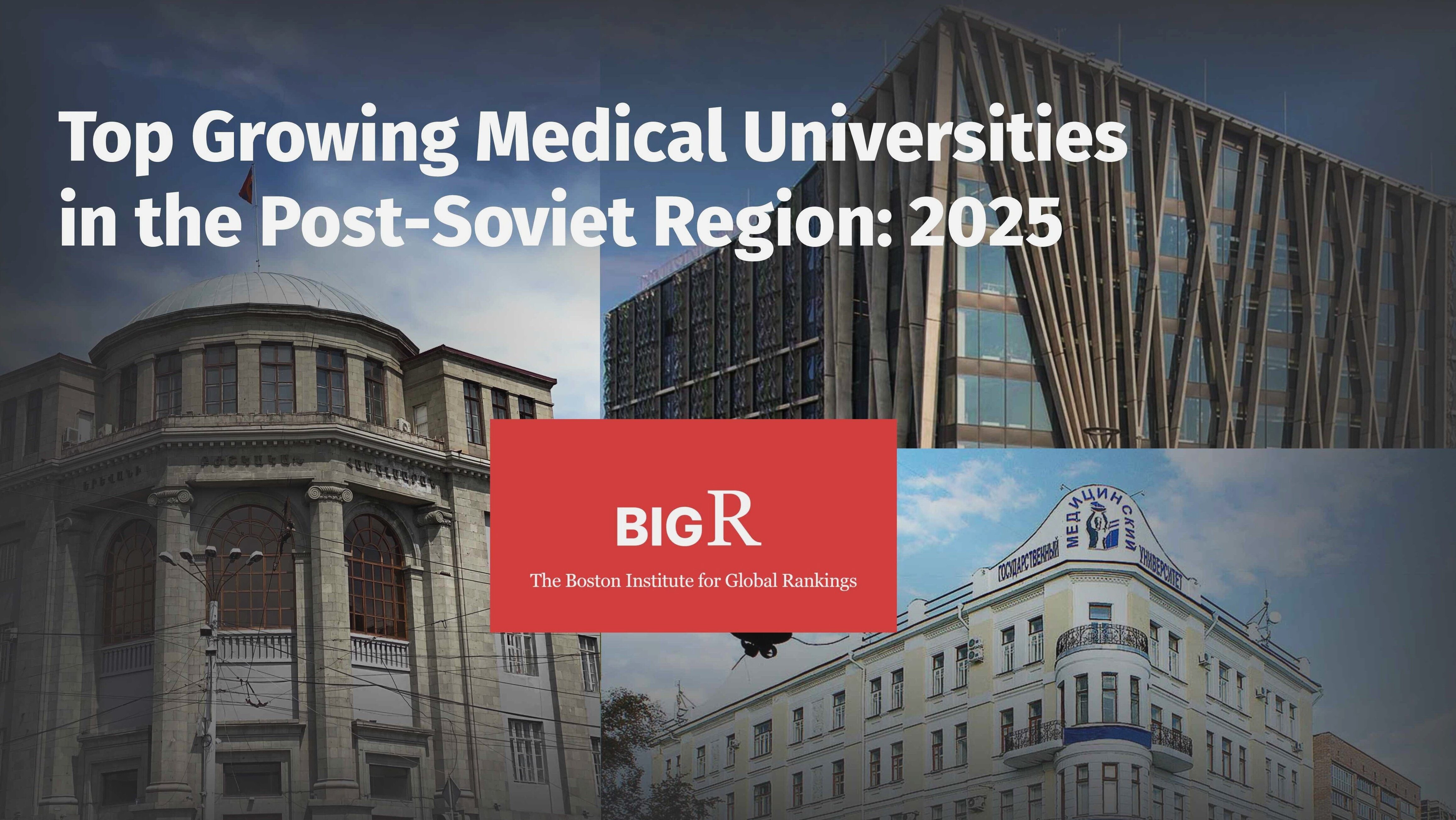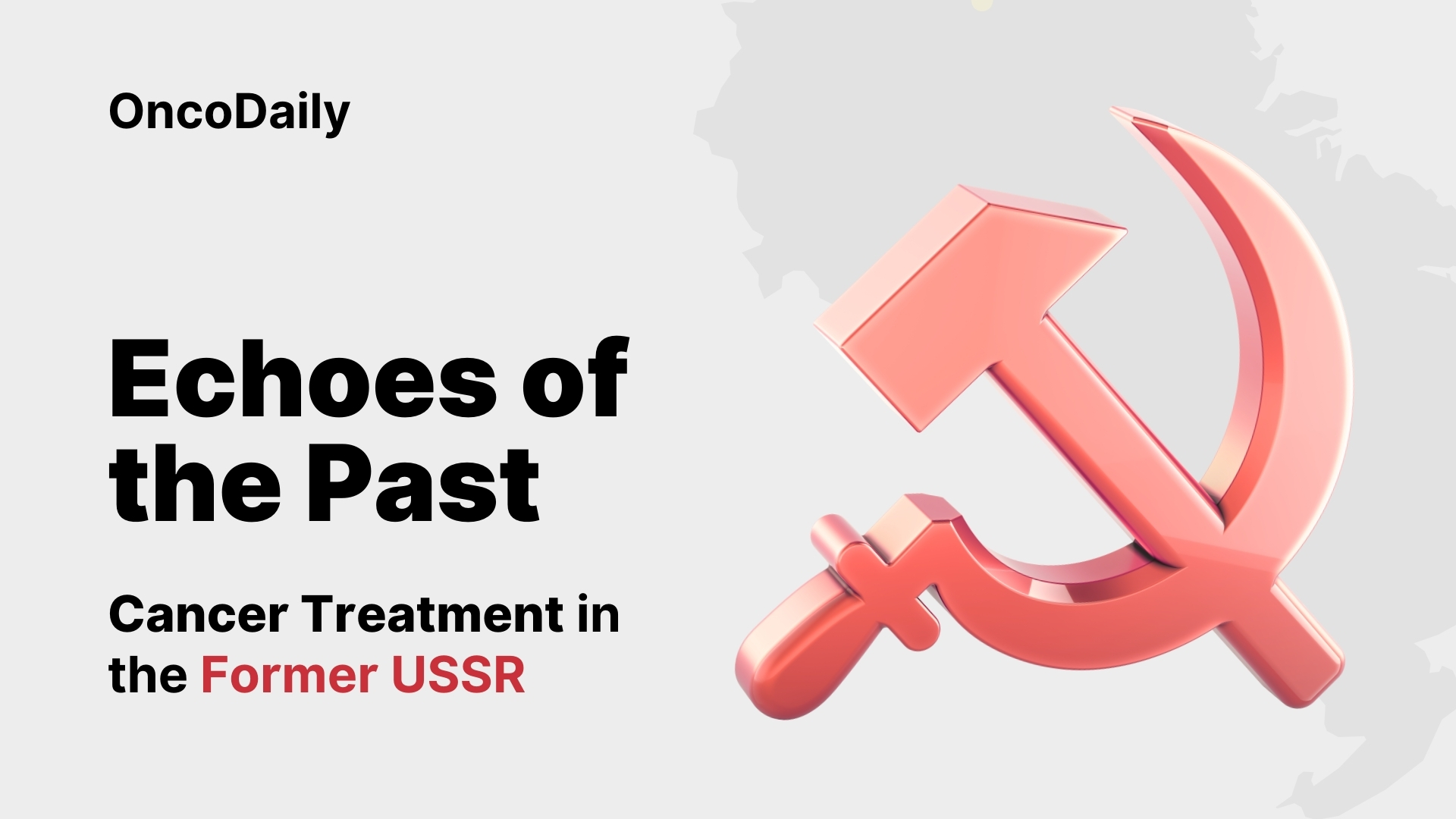he USSR had a centrally planned and comprehensive cancer care system that aimed to provide services across its vast territories. This involved a tiered approach, from high-level research institutes to local diagnostic offices. While the system focused heavily on prevention, early detection, and standardized treatments, it also faced significant challenges in various areas.
Organization of Cancer Care in USSR
The entire medical system, including cancer care, in the USSR was under the direct control of the Ministry of Health. This overarching body supervised 16 ministries in total: a chief ministry in Moscow overseeing the entire USSR, and 15 others for each individual republic.
Each Ministry of Health was advised by a Scientific Council, primarily composed of doctors, who proposed medical policies. These policies were then enacted as health laws and implemented by the ministries’ administrative branches.
The cancer service within each Ministry of Health included a few large central hospitals and institutes, complemented by a network of smaller, peripheral institutions distributed throughout each republic. The administration of the oncologic service was centrally controlled and geographically divided into republic, state(oblast), city (gorod), and smaller parts of a city (rayon) units. Each institution in these subdivisions was medically managed by its own director, who reported to and collaborated with the local chief oncologist, representing the Ministry of Health.
Oncodispensaries in USSR
Oncodispensaries were a vital part of the network of smaller cancer institutions. These were hospitals ranging from 30 to several hundred beds, providing surgical, medical, gynecological, and other services based on local needs. They were equipped with services for superficial radiotherapy and standard laboratories for pathological and X-ray diagnostics. In the Russian SSR in late 60s there were 72 sanitary districts, each with an oncodispensary, and 60 of these had modern radiotherapeutic equipment, including 4,000 Ci cobalt bombs.
Patients could be sent to an oncodispensary by a rayon oncologist, or they could enter directly through the oncodispensary’s polyclinic, or more commonly, through a general polyclinic accessible to any USSR citizen. These polyclinics were staffed by general physicians, specialists, and usually one or two doctors particularly interested in cancer, to whom suspected cancer cases were referred. If advisable, these patients would then be referred to the oncodispensary for further study and treatment or sent to one of the larger central institutes.
Treatment policies in oncodispensaries generally adhered to outlines developed by the staffs of larger central institutes, tailored to the type and stage of cancer. These plans, resulting from extensive study and trials, were only transmitted to oncodispensaries after being deemed satisfactory by testing staff. While these conclusions were generally followed meticulously, qualified oncodispensary members were at times permitted some freedom in their application.
The medical staff of oncodispensaries typically received their oncology training in larger central institutes. A general practitioner, surgeon, radiotherapist, or other doctor would usually spend at least three years in such an institute before qualifying as an oncologist. Postgraduate and refresher courses, as well as specialization, were directly controlled by the ministries of health. Most teaching centers were in Moscow, Leningrad (Saint-Petersburg), and other large cities, or within easy commuting distance. Postgraduate students received financial aid, including continued salary or a stipend, with all expenses like travel, lodging, and food covered by the Ministry of Health of USSR. These refresher courses, lasting from a few weeks to several months, often led to advancements in professional standing and economic status.
Research and Specialized Institutes In USSR
In addition to the Ministry of Health system, semi-independent academies of medical sciences existed. These bodies, which could belong to the health system of the entire USSR or be part of a specific republic’s local system, were purely scientific and held no legislative power, focusing solely on
research. Research was conducted in approximately 28 institutes directly under their control. Many of these institutes combined hospital services and laboratories, but their hospitals typically treated only patients selected for specific cancer research problems, not average cases. Patients willingly entered these research hospitals due to their high medical standards and good reputation. These hospitals investigated and developed new diagnostic and treatment methods, tested, improved, and standardized older methods, and conducted pure research. They also sometimes provided specialized teaching.
Members of the Academy of Medical Sciences had to be under 55 years old when nominated, had to have made important contributions, and demonstrated leadership qualities. They were considered the elite and most respected members of the medical profession, enjoying special economic and other privileges. Professor Blochin was the president of the Academy of Medical Sciences of the USSR.
While cancer research was conducted in all Academy institutes and many controlled by the ministry, each institute emphasized one or another aspect of the cancer problem.
Gertzen Oncologic Institute in Moscow was considered a leading example of a cancer hospital in the Russian Socialist Soviet Republic. It underwent significant modernization and expansion, notably increasing its bed capacity and upgrading radiotherapy equipment, including more powerful cobalt bombs. This institute also notably increased its number of physicists and housed a prominent viral and immunological laboratory. It served as a major educational hub for postgraduate oncology training.
The Institute of Medical Radiology in Moscow, which focused on postgraduate teaching, particularly in the diagnostic use of radiation isotopes. Meanwhile,
The Institute of Experimental and Clinical Oncology, also in Moscow, was primarily dedicated to chemotherapy and studying the fundamental biology of cancer. This institute was responsible for rigorously testing and approving new chemotherapeutic agents before they could be widely used across the USSR.
The Institute for Radiologic Research in Obninsk concentrated on radiation biology and atomic/nuclear research. This facility was unique in that an entire town developed around its operations, with the population directly or indirectly involved in atomic and nuclear projects. It featured both clinical and experimental sections, treating patients with various isotopes and conducting extensive animal research. Due to its sensitive nature, the town of Obninsk was under strict security.
The Scientific Research Institute of Roentgenology and Radiology was pivotal in developing and testing all plans for buildings, equipment, and standardized diagnostic and therapeutic methods for the Russian SSR. It also housed central control for all oncodispensaries in the Russian SSR.
For specific needs, The Scientific Research Laboratory of Proctology in Moscow was a growing institute focused on conditions of the rectum and colon, including tumors and precancerous lesions.
The Leningrad Institute of Oncology was a prominent institution featuring large clinical services and a dedicated building for experimental research in areas such as chemotherapy, immunology, and endocrinology. This institute included specialized units, like a 35-bed service for ovarian cancer research that attracted many new patients annually. Additionally, modern radiotherapy facilities were available in a separate building.
The Ukrainian Research Institute for Experimental and Clinical Oncology in Kiev conducted research into cancer etiology, industrial carcinogens, and the link between hormones and breast cancer. It also possessed advanced equipment, such as an electronic automatic counter for cells.
Another key Ukrainian institution was The Scientific Research Institute of Roentgenology and Radiology in Kiev, which functioned as a central hub controlling smaller cancer institutions throughout Ukraine and engaged in both treatment and research.

Famous oncologist and sciencist Nikolai Blokhin with his colleagues, president of the Academy of Medical Sciences of the USSR and Russia (1970-1993).
source: ww.ronc.ru
Challenges in Palliative Care and Pain Management in USSR
Despite progress in overall cancer care, significant challenges persisted, particularly in pain and palliative care for cancer patients in the USSR around 1991. Efforts to improve this area began with the founding of the Coordinating Council on pain relief care for terminal cancer patients in 1989 by the USSR Ministry of Public Health and the All-Union Cancer Research Center. This initiative led to the opening of over 10 pain treatment rooms in oncological dispensaries within a year.
However, several difficulties were highlighted:
- Resistance from health authorities: Many authorities believed that palliative care was less important than other tasks, leading to insufficient funding for pain relief despite analyses proving the minimal costs of palliative care compared to diagnosis and antitumor therapy.
- Lack of effective analgesics: There was a specific shortage of oral narcotic formulations, which made frequent injections impractical due to a significant shortage of nurses. While neurolytic nerve blocks were not widely adopted due to complication risks, epidural or subarachnoid administration of narcotics was often used, especially for emaciated patients, and intraspinal opioids were used in some ambulatory patients. Electroanalgesia using Soviet-made equipment was also employed, though its short duration of effects limited benefits. Subcutaneous continuous infusion, common elsewhere, was not used due to a lack of specialized equipment.
- Attitude of oncologists: Many physicians did not pay much attention to pain, focusing solely on the disease itself. There was also a prevalent belief that pain was an inevitable consequence of cancer and could not be relieved. The fear of producing addiction from narcotic pain treatment was identified as groundless and required overcoming through significant educational efforts for the professional community.
- Shortcomings in the public health system: These deficiencies also affected the organization of specialized palliative care departments or “hospices,” leading to a shortage of money and medical staff for these projects, reflecting a lack of understanding or social significance attributed to palliative care. Overall, while some progress had been made, the USSR continued to face many problems in pain and palliative care, necessitating further scientific studies on cancer pain incidence and costs, and ongoing education for physicians, policymakers, and patients.
The USSR established a comprehensive and centrally controlled cancer care system, reflecting a strong commitment to public health across its vast territories. This ambitious endeavor aimed to reach every patient through a structured, multi-tiered approach, from advanced research institutions at the national level down to local diagnostic offices. While the system demonstrated significant achievements in central planning, standardization of treatments, and broad outreach, consistently striving for early detection and prevention, its implementation faced persistent challenges in certain areas, particularly regarding the nuances of patient comfort and specialized supportive care.
Battling Alcohol, Tobacco, and Cancer Through Prevention In USSR
In the USSR, there was a significant and sustained effort dedicated to preventive medicine as a cornerstone of public health. A key component of this was extensive public health education, often disseminated through impactful propaganda posters. These posters frequently targeted behaviors deemed detrimental to health, such as
alcohol and tobacco use, and explicitly highlighted their direct correlation with serious diseases, including various forms of cancer. The aim was to foster a collective awareness and discourage unhealthy habits. This was not merely about individual choices, but part of a broader, centrally managed health strategy to improve the overall well-being of the populace and reduce the incidence of illness.
By graphically illustrating the dangers of these substances, the authorities sought to instill a sense of civic responsibility for health and promote healthier lifestyles across all segments of Soviet society. The “rayon” oncologists, for instance, were directly responsible for “cancer propaganda,” which included organizing lectures, exhibits, and other methods of cancer education for the general public. This proactive approach to public health, with its strong emphasis on prevention through education, was a defining characteristic of the Soviet healthcare model.

Soviet anti-tobacco propaganda poster
source: www.back-in-ussr.com
Sources
Lenz, M. (1973). The Care of Cancer in the USSR. Front. Radiation Ther. One., 8, 42-48.
Bryuzgin, V. (1991). Pain and Palliative Care for Cancer Patients in the USSR. Journal of Pain and Symptom Management, 6(1), 1.
Cancer Care in the Russian and Ukrainian 8.S.R. of the U.S.S.R. Front. Radiation Ther. One., vol. 8, pp. 42-48

Written By Aren Karapetyan, MD
